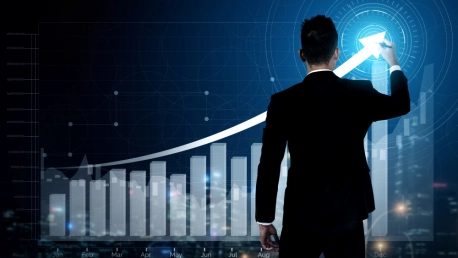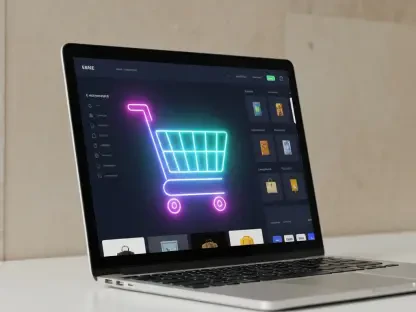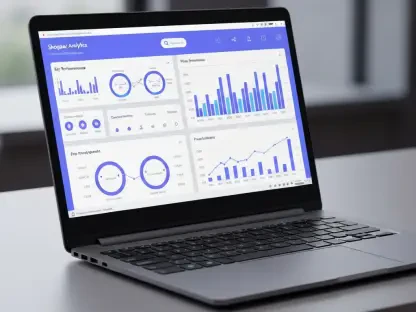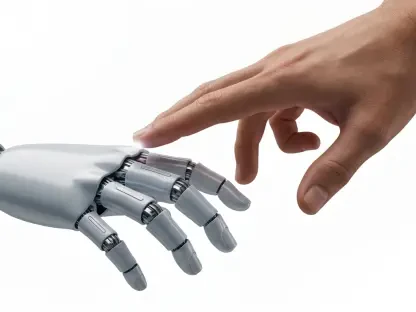After more than two years of an unprecedented healthcare crisis, the global economy is still showing signs of weakness. This comes as no surprise, considering the fact that the COVID-19 pandemic has disrupted the daily lives of people everywhere, changing not just the way they live, work and spend their free time, but also their shopping habits. Different industries in the US and abroad have faced numerous difficulties during the crisis, and retail is no exception. However, with US retail sales jumping 3.8% in January, the American economy now shows signs of recovery.
The last months of 2021 have been particularly hard for the US economy, as the aftershocks of the COVID-19 pandemic disrupted most industries. Prices increased across many of those industries, including gas prices, food prices, and housing prices. This, in turn, meant the inflation rate in the US increased to 6.8% in 2021, its highest rate since 1982. While US President Joe Biden quickly released a statement declaring that the inflation rate “does not reflect today’s reality,” many economists and analysts expressed their concern. Come 2022, however, the President’s assessments seem to have been proven right, as retail sales rose in January. But could this point to an end of economic problems in retail and other industries, or is the future still hard to predict?
Why retail sales rose in January
US retail sales bounced back with the biggest gain since March 2021 this January, reaching a new record level of sales thanks to a surge in purchases of furniture, automobiles, and other goods. However, given the higher prices now available in most industries, the boost provided by this surge to economic growth is expected to be limited. With retail and food services sales rising 3.8% above the previous month in January, and 13.0% above January 2021, the impact on the US economy is bound to be positive. According to CNBC, excluding auto sales, e-commerce, and furniture sales contributed decisively to the rise, while sporting goods and gasoline sales dropped this month.
With job growth and salaries increasing, American consumers boosted their spending at retail stores in January, in what may be seen as a sign that many remain indifferent to the rising inflation rate. PNC’s chief economist, Gus Faucher, remarked that while many people say they are concerned about inflation, they continue to spend.
Why inflation matters
Just like US retail sales, the consumer price index (CPI) — a measure that examines the average change in prices over a period — rose 7.5% last month compared with January 2021. With economists now worried America is facing the fastest annual inflation growth in the last 40 years, voices are also rising to say that the Federal Reserve should probably intervene differently. Some experts argue the Federal Reserve should apply another strategy to cool down the US economy, one with larger and more frequent interest rate increases. Chris Rupkey, the chief economist at FwdBonds LLC, says that “the labor market is hot and inflation is even hotter, which places the Federal Reserve in an awkward position with an interest rate hike over a month away.”
While consumers seem to increase spending despite rising prices, inflation affects the economy on multiple levels, impacting taxes, government programs, business investments, interest rates, and more. With no letup in sight, the situation could evolve to affect both businesses and consumers in unpredictable ways.
Finding the right balance
The global economy is still recovering after the COVID-19 pandemic and its numerous negative effects. These effects are still felt in the US and abroad, and they are also deepened by a new crisis in Ukraine and rising tensions with Russia. While American consumers seem to remain unaware for the moment and continue to make new purchases even as prices rise, there is no way to predict if their confidence will be enough to boost the economy. For now, consumer confidence remains high despite a modest decline, giving both economists and policy-makers good reason for hope.
Hope, however, may probably be insufficient in helping the US economy to rise to the levels seen before the COVID-19 pandemic and the crisis that followed. “As the inflation fire burns even hotter, the Federal Reserve will have to bring an even bigger fire hose to put it out,” concludes Chris Rupkey.









